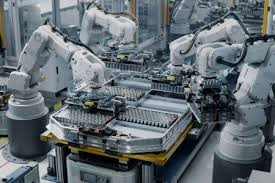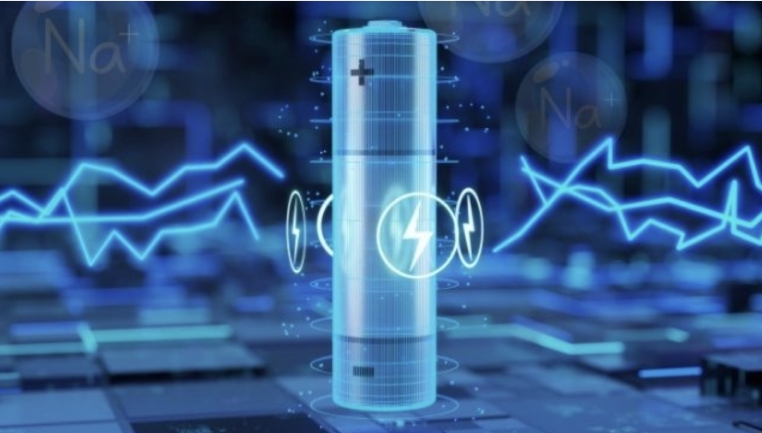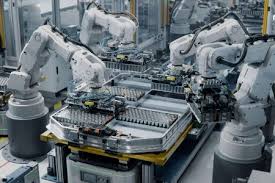
A team of researchers have discovered how to make two times the amount of hydrogen from renewables.
Scientists around the globe are exploring ways to enhance renewable hydrogen technology and a team of researchers from Europe have made a breakthrough. The researchers from universities in the UK, Germany, Portugal and Hungary have discovered an electrolysis method that allows them to double the amount of hydrogen generated per millivolt of electricity.
The researchers have found a way to lower the amount of energy needed to produce hydrogen.
The renewable hydrogen technology process involves splitting the bond between hydrogen and oxygen by running an electric current through water, a process known as electrolysis. The researchers found that when electrodes were covered with a molybdenum telluride catalyst, they displayed an increase in the amount of hydrogen gas generated when they applied a particular pattern of high-current pulses.
They optimized the pulses of current via the acidic electrolyte, allowing them to lower the amount of energy required to make a certain amount of hydrogen by almost 50pc. Now the researchers’ goal is to develop artificial intelligence (AI) that is able to control the pulses to generate the most efficient green hydrogen fuel possible.
The renewable hydrogen technology is good news for the transportation industry and other industries seeking sustainable fuel.
If hydrogen fuel is to be considered a future viable sustainable fuel source for the transportation industry and other industries, it needs to be produced from renewable sources of electricity, more commonly known as green hydrogen. Presently, electrolysis is considered one of the top methods for producing green hydrogen. However, while this method is promising, it has not yet reached its full potential.
The study – “The Rapid Electrochemical Activation of MoTe2 for the Hydrogen Evolution Reaction” – conducted by the European researchers, which has been published in the journal Nature Communications, focuses on transition metal chalcogenides and the promise they show as electrocatalysts for the hydrogen evolution reaction (HER).
The researchers believe that the search for new transition metal dichalcogenides (TMDC) electrocatalysts that also undergo “in operando” activation is of vital importance for understanding






